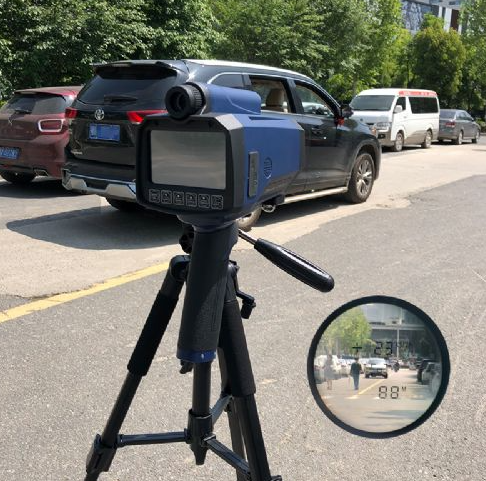Speed radar is an important tool used by law enforcement agencies to keep the roadways safe for all drivers. The technology used in speed radar has evolved over time from the early days of simple radar guns to the highly sophisticated systems used today. In this blog post, we will explore the history and evolution of speed radar, how it works, and its effectiveness in enforcing speed limits.
History and Evolution of Speed Radar:
The first radar gun was invented in the 1950s and was used by law enforcement agencies to track the speed of moving vehicles. Over the years, the technology used in radar guns has improved, making them more accurate, more reliable, and easier to use.
Today, most speed radar systems use Doppler radar technology, which sends out a signal that reflects off of moving vehicles. The radar gun is then able to calculate the speed of the vehicle based on the reflected signal.
How It Works:
Speed radar works by emitting a radio frequency, which gets reflected off of moving vehicles. The radar gun then measures how long it takes for the reflected signal to return, and based on that time, it calculates the speed of the vehicle.
The accuracy of speed radar depends on a number of factors, including the angle at which the radar gun is pointed, the distance between the radar gun and the vehicle, and the speed of the vehicle. It is important for law enforcement officers to receive proper training in using speed radar to ensure that accurate measurements are being taken.
Effectiveness:Speed radar has been shown to be an effective tool in enforcing speed limits and reducing accidents on the roadways. Studies have shown that the use of speed radar can lead to a reduction in vehicle speed, which in turn reduces the likelihood of accidents and fatalities.
In addition, speed radar has been shown to increase compliance with posted speed limits. In cities and towns where speed radar is used regularly, drivers are more likely to drive at or below the posted speed limit, which can help to reduce accidents and improve overall road safety.
Conclusion:
In conclusion, speed radar is an important tool in enforcing speed limits and improving road safety. The technology used in speed radar has evolved over time, with modern systems using highly sophisticated Doppler radar technology to measure vehicle speed. With proper training and use, speed radar can be an effective tool for law enforcement agencies in promoting safe driving practices and reducing accidents on the roadways.



